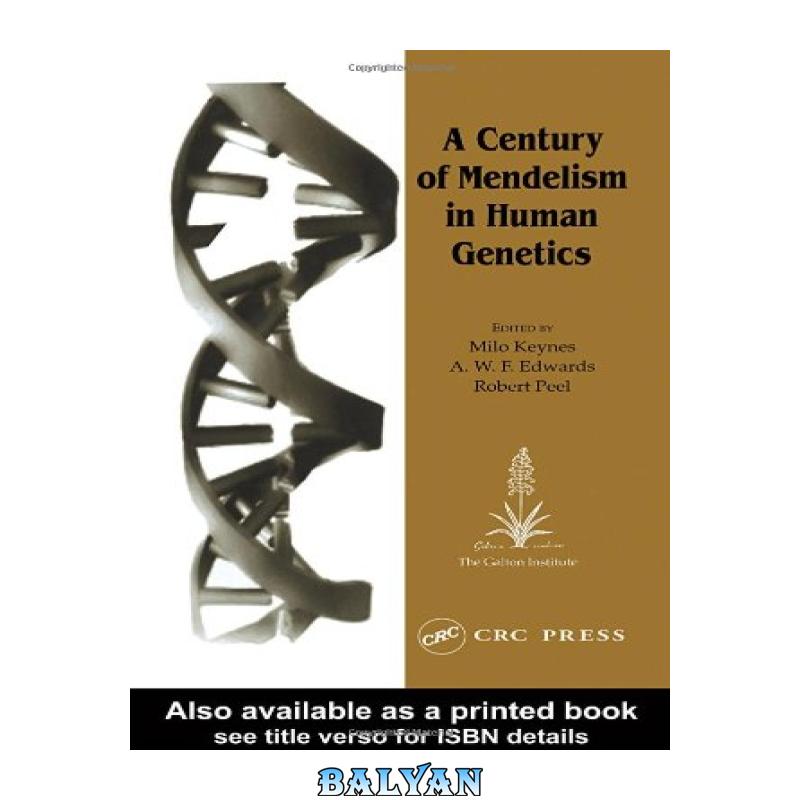ترجمه فارسی توضیحات (ترجمه ماشینی)
یک قرن مندلیسم در ژنتیک انسانی
در سال 1901 ویلیام بیتسون، پروفسور زیست شناسی در کمبریج، نسخه تجدید شده سخنرانی را منتشر کرد که سال قبل برای انجمن سلطنتی باغبانی لندن ایراد کرده بود (در کتاب به عنوان ضمیمه تجدید چاپ شده است). او در این سخنرانی به اهمیت کار تکمیل شده توسط گرگور مندل در سال 1865 پی برد و آن را به اطلاع جهان علمی رساند. آرچیبالد گارود با خواندن مقاله بیتسون به ارتباط قوانین مندل با بیماری های انسانی پی برد و در سال 1902 مندلیسم را به ژنتیک پزشکی معرفی کرد. بخش اول قرنی از مندلیسم در ژنتیک انسانی، دیدگاهی تاریخی از 50 سال اول مندلیسم، از جمله بحث تلخ بین مندلیان و بیومتریست ها را بررسی می کند. بخش دوم ژنتیک انسانی را از سال 1950 مورد بحث قرار می دهد و با آخرین فصل به بررسی ژنتیک و آینده پزشکی پایان می یابد. این کتاب ژنتیک بیماری های تک ژنی و پیچیده، ژنتیک سرطان انسان، پیوند ژنتیکی و انتخاب طبیعی در جمعیت های انسانی را در نظر می گیرد. این کتاب علاوه بر اینکه از اهمیت پزشکی عمومی برخوردار است، برای بخشهای ژنتیک و ژنتیک پزشکی و همچنین مورخان علم و پزشکی مورد توجه خاص قرار خواهد گرفت.
In 1901 William Bateson, Professor of Biology at Cambridge, published a renewed version of a lecture which he had delivered the year before to the Royal Horticultural Society in London (reprinted in the book as an appendix). In this lecture he recognized the importance of the work completed by Gregor Mendel in 1865, and brought it to the notice of the scientific world. Upon reading Bateson’s paper, Archibald Garrod realized the relevance of Mendel’s laws to human disease and in 1902 introduced Mendelism to medical genetics. The first part of A Century of Mendelism in Human Genetics takes a historical perspective of the first 50 years of Mendelism, including the bitter argument between the Mendelians and the biometricians. The second part discusses human genetics since 1950, ending with a final chapter examining genetics and the future of medicine. The book considers the genetics of both single-gene and complex diseases, human cancer genetics, genetic linkage, and natural selection in human populations. Besides being of general medical significance, this book will be of particular interest to departments of genetics and of medical genetics, as well as to historians of science and medicine.












نقد و بررسیها
هنوز بررسیای ثبت نشده است.